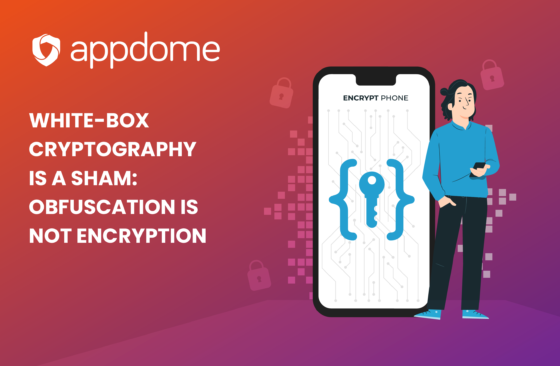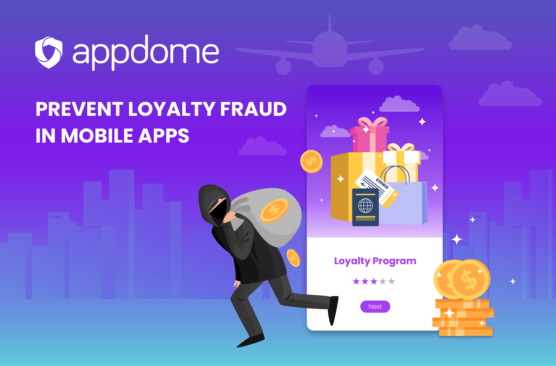
White-box Cryptography is a Sham
I’ve worked with our cyber research team, providing assessments of mobile apps for mobile banks and brands, and it always surprised me to see that API endpoints and API…
In this Build Better Mobile App Security blog series, we’ll share our mobile security research and cover the top attacks and threats against Android & iOS apps impacting mobile Runtime Application Self-Protection (RASP), Code Obfuscation, Mobile Data Encryption, Jailbreak Detection, Root Detection, Man-in-the-Middle Attack Prevention, and other mobile app security features in Android & iOS apps. Understanding and defending against the growing diversity of mobile exploits and attacks is critical to ensuring mobile business integrity and an amazing mobile experience for all mobile users.
We’ll also share DevOps CI/CD and Data-Driven DevSecOps™ best practices, and highlight key operational and industry insights, to help you achieve mobile DevSecOps agility and follow mobile app protection best practices in CI/CD.
Subscribe today. We’d love to have you join our community!

I’ve worked with our cyber research team, providing assessments of mobile apps for mobile banks and brands, and it always surprised me to see that API endpoints and API…

Loyalty fraud, also known as loyalty program fraud, frequent flyer fraud, rewards fraud, loyalty points fraud, or hotel rewards program fraud, occurs when fraudsters exploit loyalty programs for financial…

In 2023, the global video streaming market was valued at $554B and the global music streaming market at $41B. When looking at the streaming market on mobile apps; mobile…

The OWASP MASVS (Mobile Application Security Verification Standard) is a standard that establishes mobile app security requirements for developers to build secure mobile apps and security teams to test mobile apps. On Appdome, brands can easily comply with the OWASP MASVS standard.

Businesses invest capital to create valuable products and services and bring with them an expectation of a high return on that investment. Costs in a business are based on…

Threat and risk data is critical to combating mobile fraud. Everyone knows that. The more important challenge has been “when,” “where” or “how” to leverage this data to defeat…

Barclays says that credential stuffing remains a major mobile banking risk in 2022. Here are 5 easy steps mobile developers and security professionals can take to prevent a mobile credential stuffing attack in banking apps.

Anyone that knows me knows I love golf.
Golf is a challenging sport because it involves so many variables. A big part of golf is knowing, or playing with someone…

We’re very excited to announce a new video interview series with Mobile App Security influencers. In the first interview in the series, we’re focusing on mobile banking app security….

One of the recurring themes that comes up in my discussions with mobile app developers and security professionals is how they can best improve their DevOps processes.
Most dev teams…

Learn the 3 reasons why Jailbreak and Root prevention remains a very important part in the overall protection of mobile banking apps.

Knowing the answer to this question: “What does EventBot teach us about the business of Malware?” is critical to cybersecurity professionals who need to develop adequate strategies to guard against this threat class.
Have a Security Project?
We Can Help!
Notifications